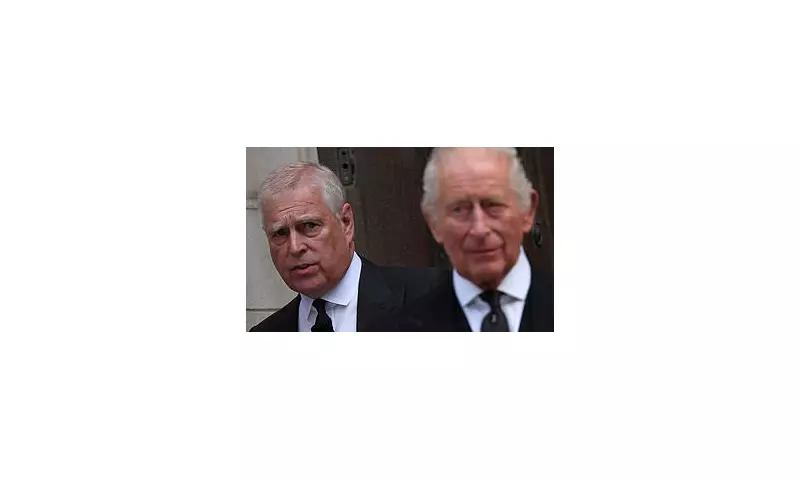
In a move that has sent shockwaves through royal circles, King Charles III has made the heart-wrenching decision to formally sever his brother, Prince Andrew, from the working monarchy. The dramatic separation was cemented during a private meeting at the historic Sandringham Estate, marking a definitive break in their professional relationship.
A Monarch's Difficult Choice
The King, understanding the immense weight of his new responsibilities, recognised that the shadow cast by Prince Andrew's association with convicted sex offender Jeffrey Epstein posed an unacceptable risk to the institution he now leads. This wasn't merely a personal disagreement between siblings but a necessary act of preservation for the Crown itself.
The Sandringham Summit
Sources indicate the meeting at Sandringham was both emotional and decisive. While the brothers will always share blood ties, the King made it unequivocally clear that Andrew's position within the royal framework had become untenable. The Duke of York's disastrous BBC Newsnight interview and subsequent settlement in a civil sexual assault case left the monarchy with little choice but to distance itself completely.
Protecting the Crown Above All
This strategic separation demonstrates King Charles's commitment to modernising the monarchy while protecting its integrity. The decision, though personally painful, reflects the King's understanding that the institution must evolve to maintain public trust and relevance in the 21st century.
The royal household has been systematically removing Andrew from official duties and stripping him of military affiliations and royal patronages. This latest development at Sandringham confirms there will be no path back to royal duties for the Duke of York, regardless of any future legal developments.





